Google Glass: 10 use cases for wearable technology
As Virgin Atlantic and the NYPD trial Google Glass, we look at the other potential business uses...
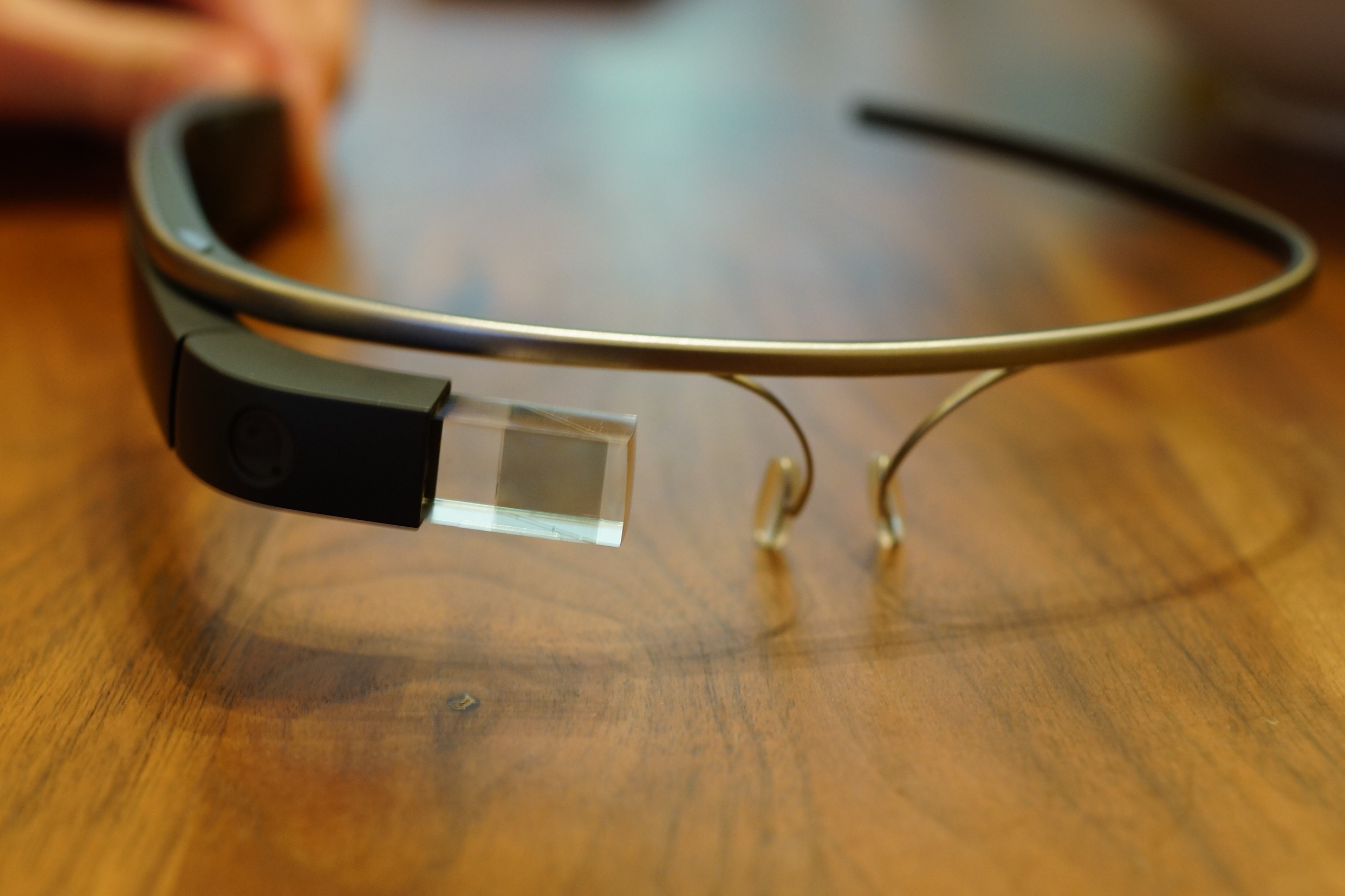
4. Extreme sports
Google carried out a comprehensive demonstration of Glass at its I/O Developer Conference on 27 June 2012. This blockbuster demo showcased Glass' suitability for use in extreme sports such as skydiving, biking and abseiling.
Although Glass' ability to capture and share photos and video can be replicated by products such as Gopro camera, the Google device can share video in real-time via Google's Hangout feature.
Where else will Google Glass be used?
Page 1
Sign up today and you will receive a free copy of our Future Focus 2025 report - the leading guidance on AI, cybersecurity and other IT challenges as per 700+ senior executives
Page 3
Training, repair and inspection
Police and military
Porn
5. Real-time language translation
When IT Pro tried Glass, one of the most impressive features was the ability to translate languages in real-time.
We simply had to get the text we wanted in the target area, Glass zoomed in and translated it immediately.
This will be a big area for Glass - and the logical step would be to create an app which can translate voices in real-time.
6. Navigation
Getting directions through Glass is easy with users having to say "Ok Glass, get me directions to [location]". The route is then displayed in front of your face, making it easy to follow.
Concerns have been raised about how distracting this will be for people operating vehicles. The Department of Transport in the UK will apparently issue a driving ban on Glass when it is released - so you are likely to be limited to using this feature when walking.
In California, a woman named Cecilia Abadie was pulled over and given a ticket for speeding and wearing Glass while driving in October 2013.
However, a San Diego court found no proof the device was operating at the time, and the case against her was dropped. This is unlikely to be the last court case involving Glass.
7. Assistance for the disabled
Glass is not for everyone, but it has the potential to make life-changing difference for those with disabilities. Law student Alex Blaszczuk was paralysed from the waist-down after a car crash in 2011 and was chosen to be part of Google's Explorer programme. Using Glass has enabled Blaszczuk to gain back some of the confidence and independence lost after her accident.
During a camping trip with friends, Blaszczuk took on the role of navigator, photographer, camerawoman and was the source of information - all through Glass.
Glass is also being used to help those who are blind, deaf and suffer with difficulties relating to sensory awareness.
The Smartsign app is designed to enhance communication between parents and their deaf children. It can be difficult for parents to keep up with children who may be learning sign language at a rapid pace and this can disrupt communication. The app allows parents to look up words using the HUD so they can communicate effectively, instead of having to consult a nearby book or computer.
Glass' to interact with the environment will prove valuable to people with partial sight or who are completely blind. Glass can be navigated through voice and touch and has the potential to be the eyes' for people. At a basic level it will be able to tell users about the weather, appointments they have and allow them to read or send messages. Advanced apps could be created so Glass could tell a user what currency and denomination they are holding in their hand and whether there are any obstacles in their path.
A facial recognition app could also be built into Glass, helping to those with conditions such as Agnosia to make sense of facial expressions.
-
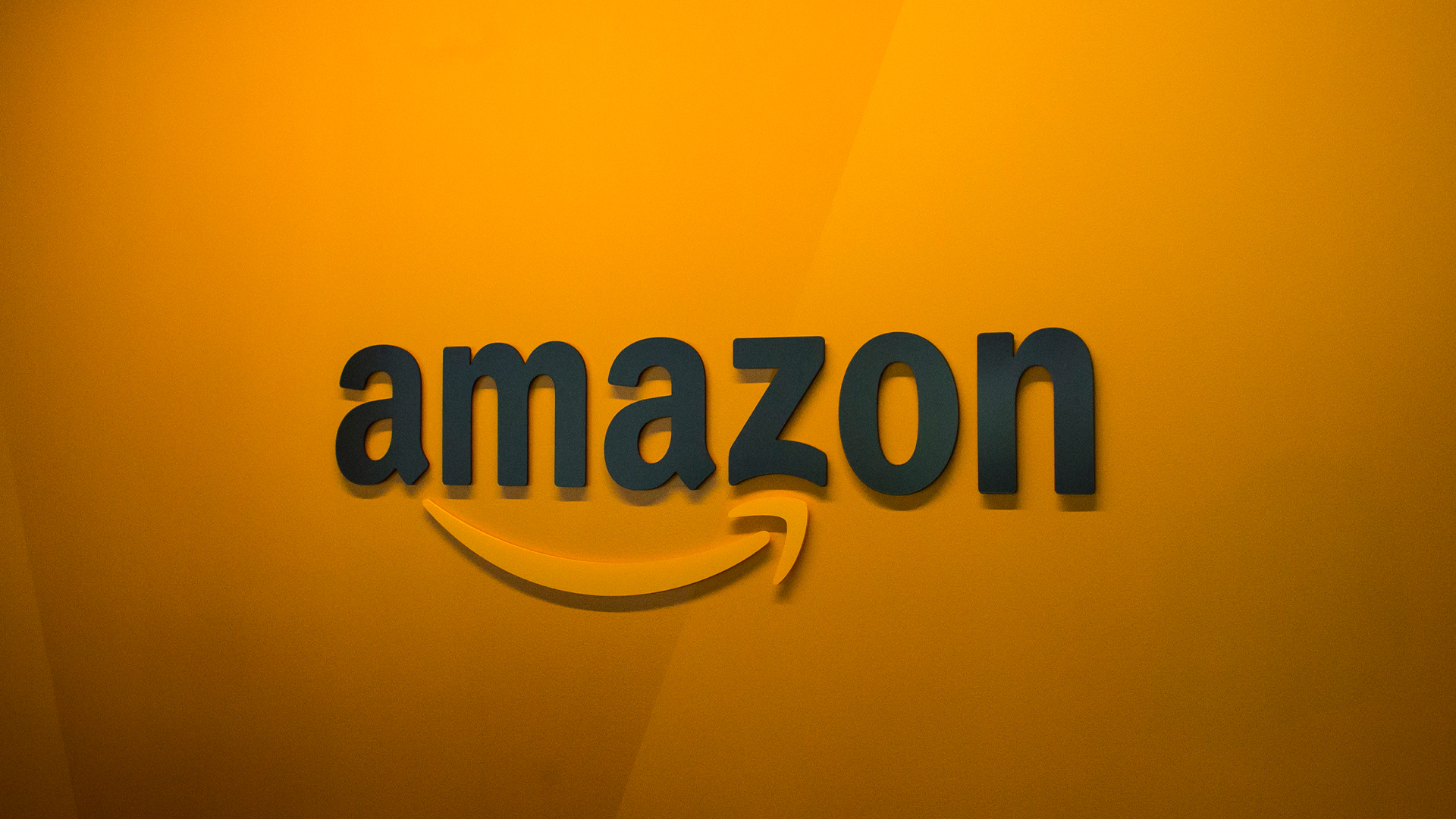 Amazon says Russian-backed threat groups were responsible for multi-year attacks on edge devices
Amazon says Russian-backed threat groups were responsible for multi-year attacks on edge devicesNews Russian-backed hacker groups are exploiting misconfigured edge devices – now preferring that tactic over hunting down traditional vulnerabilities to gain access to company networks.
-
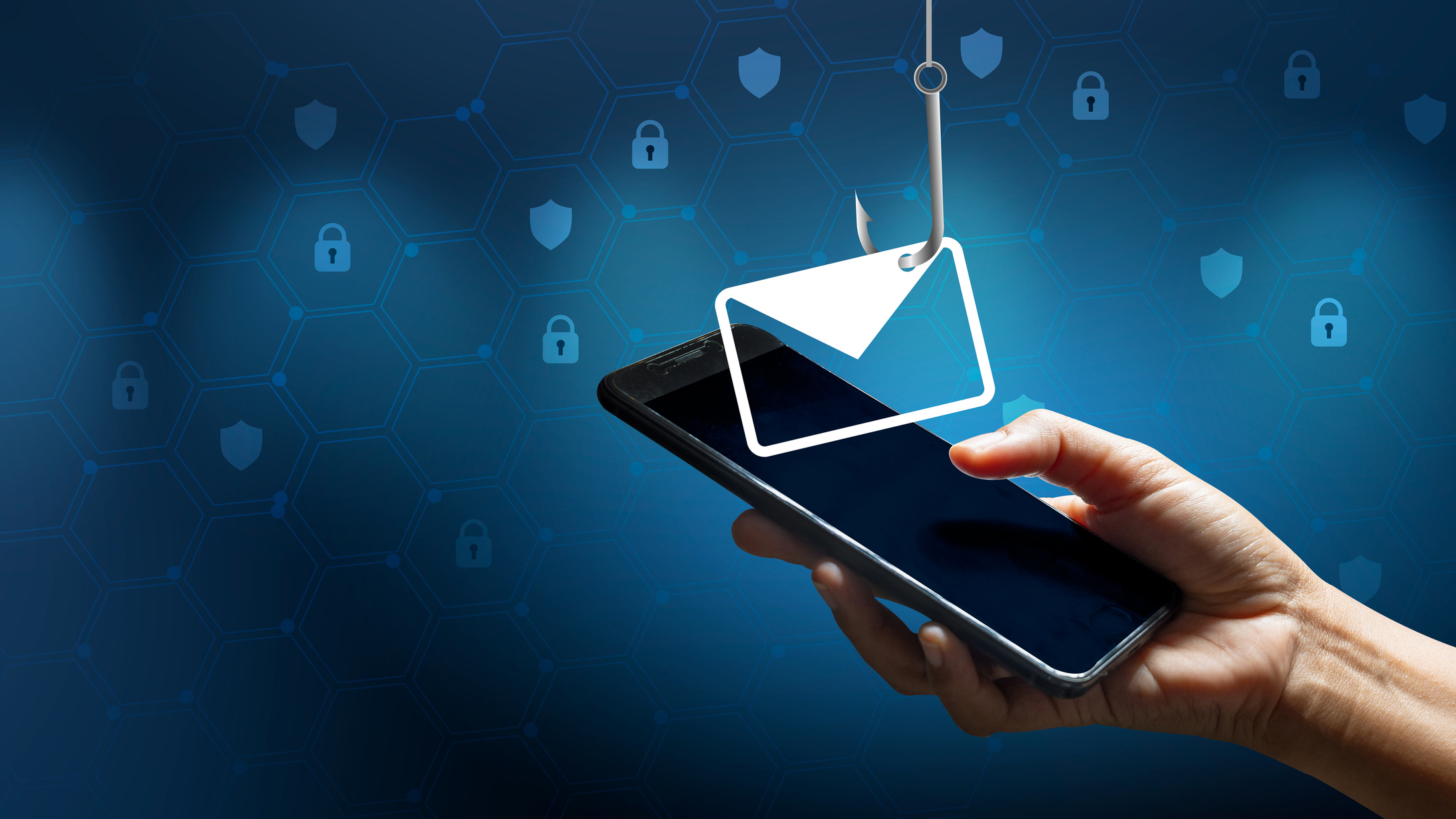 How to MFA everywhere
How to MFA everywhereIndustry Insights Identity online is not who you are; it is what the system accepts as proof of you, and that gap is exactly what the attackers take advantage of
-
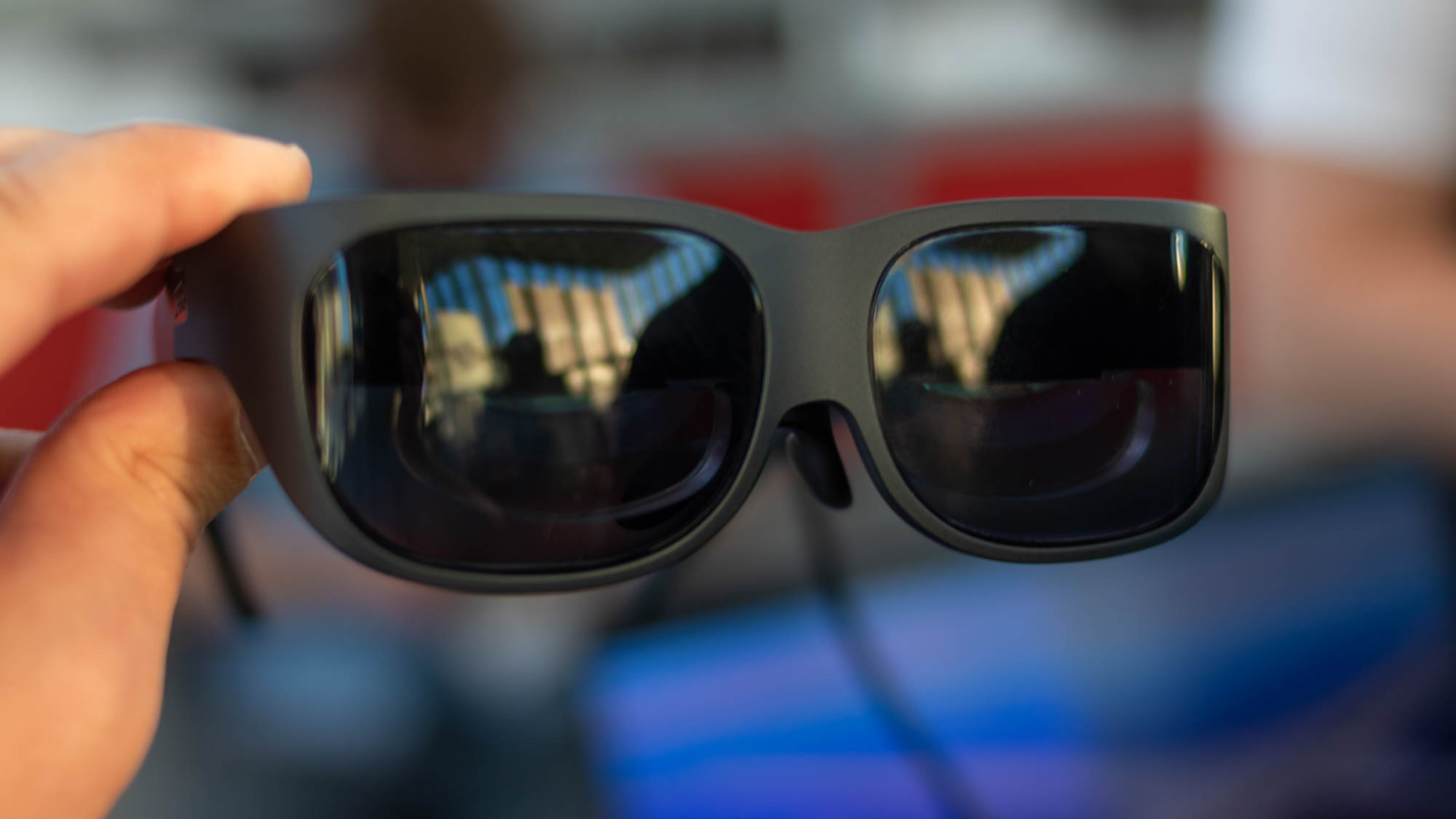 Has Lenovo found the ultimate business use case for smart glasses?
Has Lenovo found the ultimate business use case for smart glasses?Opinion Lenovo’s T1 smart glasses offer a virtual desktop that only you can see
-
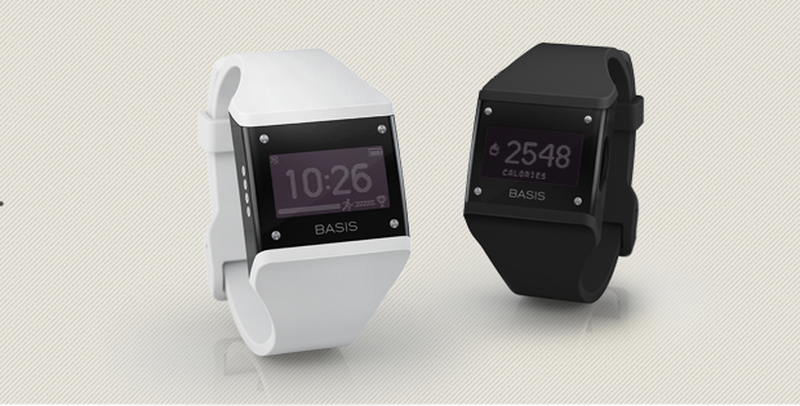 Intel recalls Basis Peak smartwatches
Intel recalls Basis Peak smartwatchesNews The smart device can overheat, causing injuries to the wearer
-
 Intel to power smart rings & buttons via 'Curie' SOC
Intel to power smart rings & buttons via 'Curie' SOCNews Tiny chip has Quark microcontroller, Bluetooth and sensors built-in
-
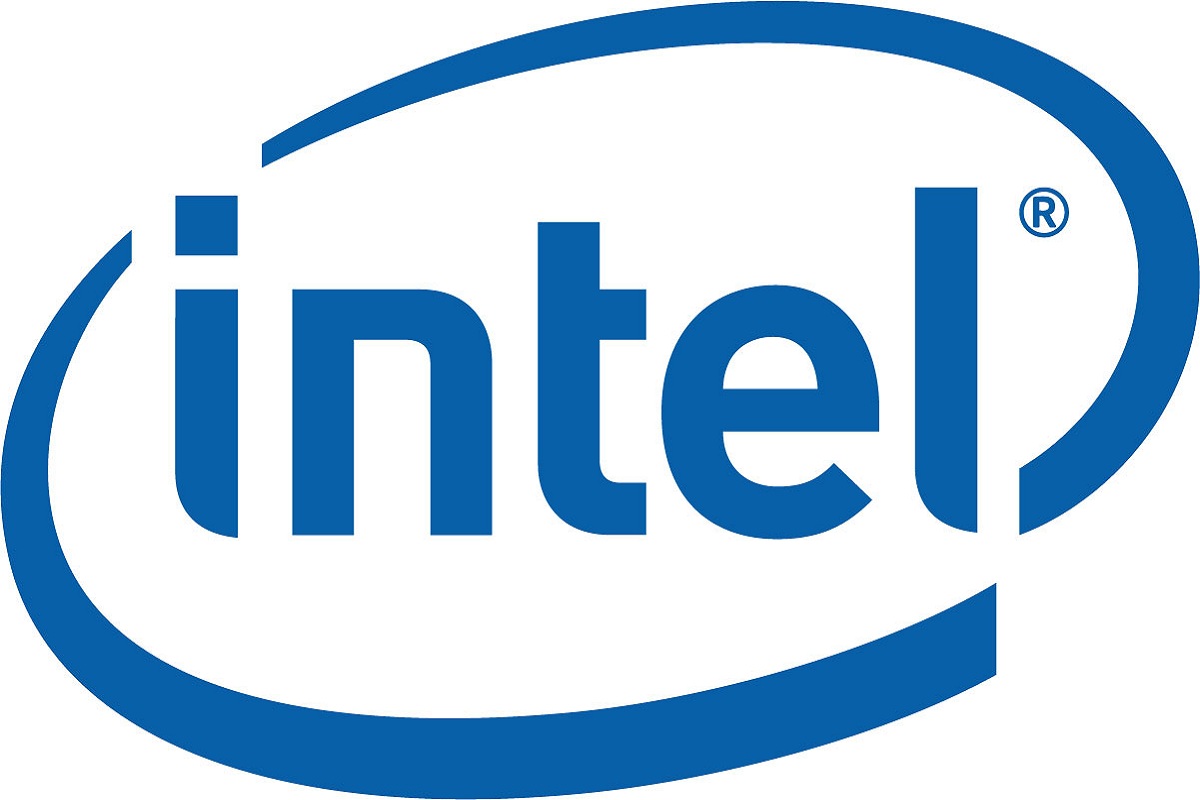 Intel picks wrist-worn drone as Make it Wearable contest winner
Intel picks wrist-worn drone as Make it Wearable contest winnerNews Intel has awarded a group of developers with first prize in its smart clothing contest for a wrist-worn drone
-
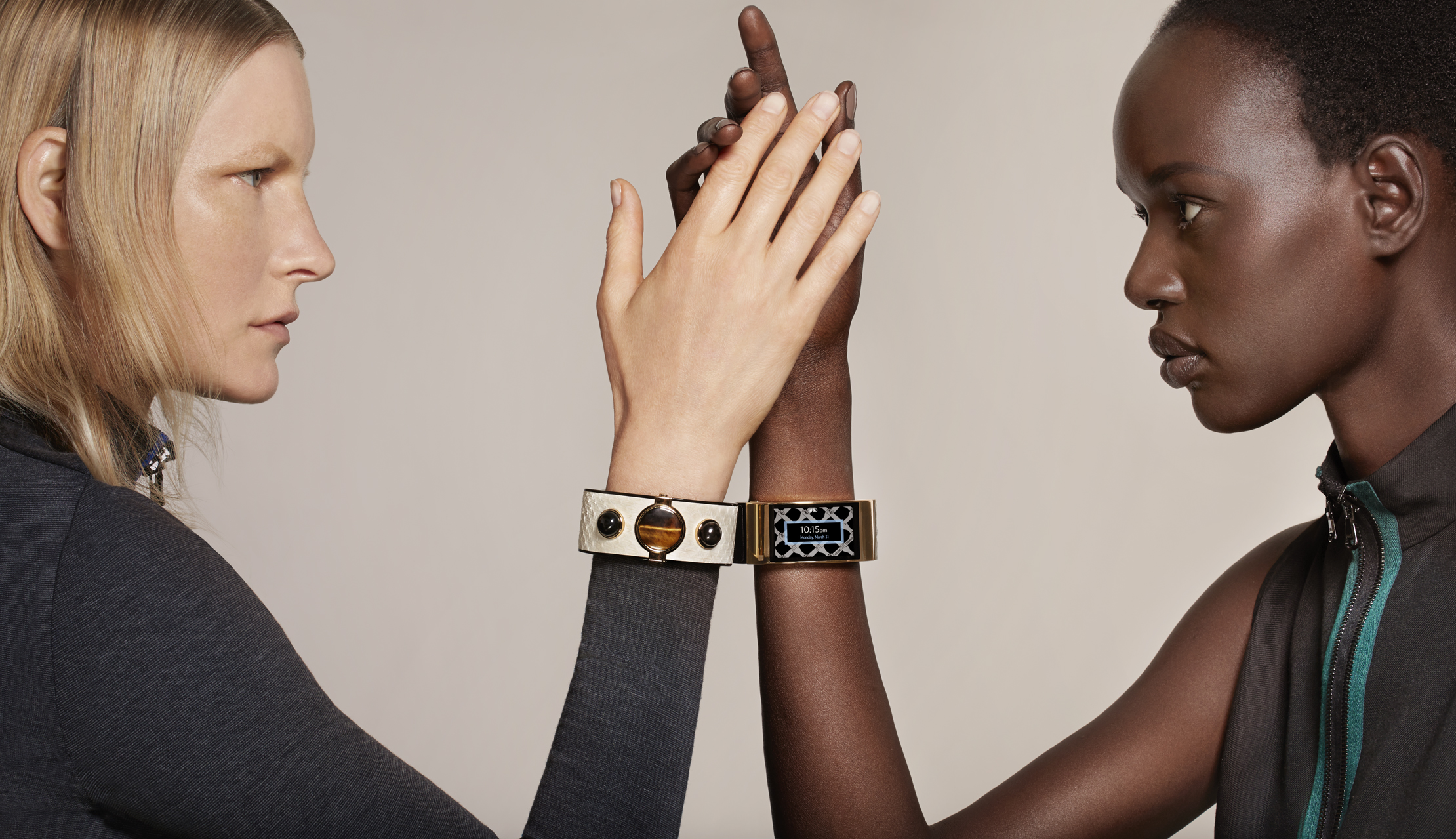 Intel unveils the MICA fashion-conscious smart bracelet
Intel unveils the MICA fashion-conscious smart braceletNews Intel has revealed MICA, a high-end smart bracelet designed as an alternative to bulky smartwatches
-
 Intel builds tiny 3G modem for the wearable tech market
Intel builds tiny 3G modem for the wearable tech marketNews Intel claims to have created the world's smallest 3G modem, which is the size of a one pence piece
-
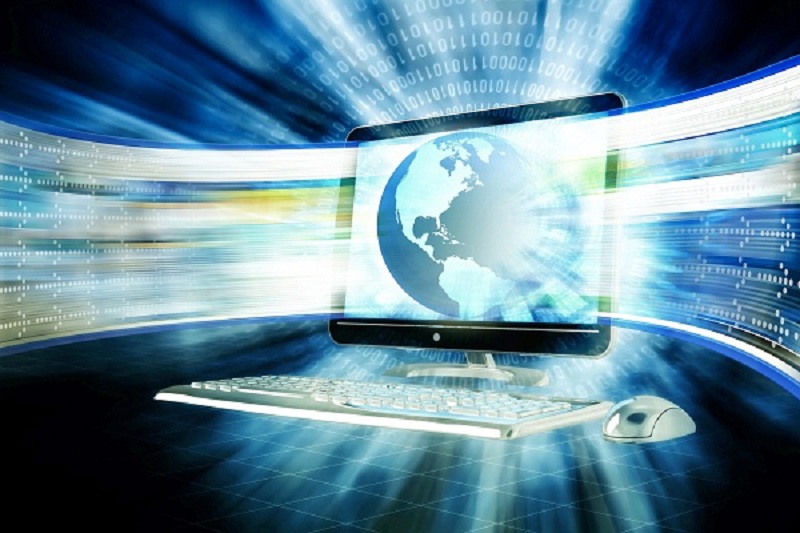 Samsung VR headset to take on Oculus Rift
Samsung VR headset to take on Oculus RiftNews Samsung's virtual reality headset will launch with gamers in mind
-
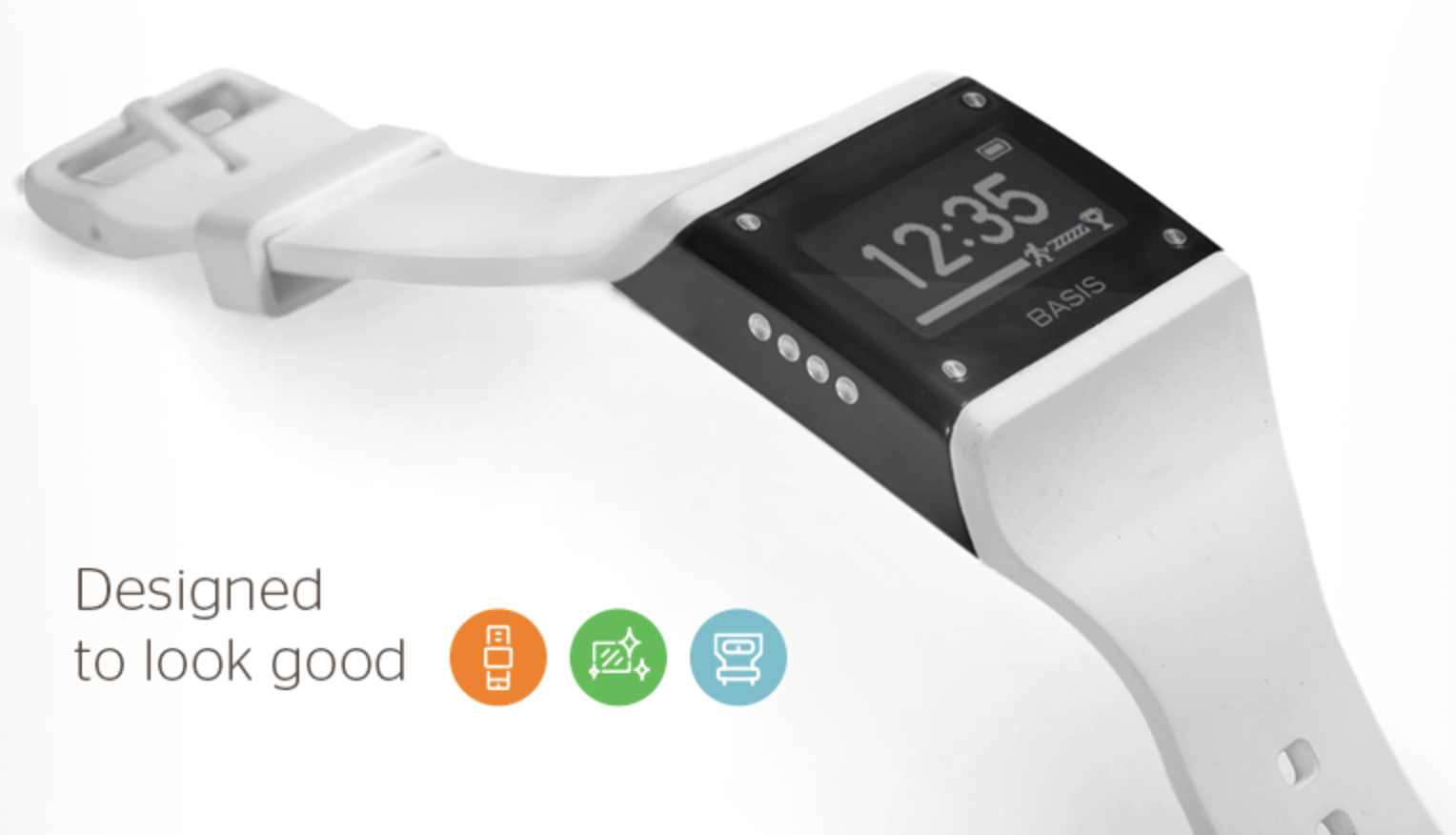 Intel reportedly acquires smartwatch maker Basis
Intel reportedly acquires smartwatch maker BasisNews Chipmaker said to have splashed out over $100 million for wearable tech firm.